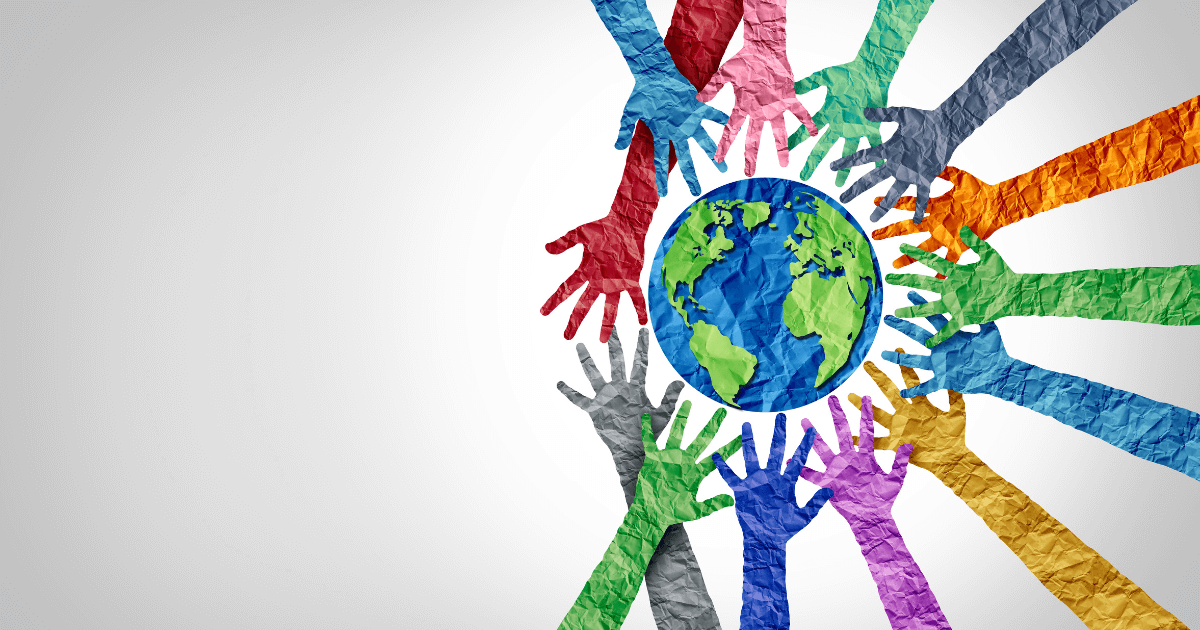Culture bonding is a concept that has become an integral part of personal, organizational, and societal growth. But what exactly is it? How does it influence the relationships we build with others, and why does it matter so much in today’s interconnected world?
This blog will explore the essence of culture bonding, highlighting its significance in developing meaningful connections. We’ll also provide practical steps to foster culture bonding in different aspects of our lives.
What Is Culture Bonding?
Culture bonding can be described as the process of building trust, shared understanding, and meaningful relationships across diverse cultural boundaries. It involves finding common ground and creating an environment where individuals feel embraced, respected, and valued, regardless of their cultural heritage.
In essence, culture bonding transcends differences. It enables people from various backgrounds to connect on a human level through shared experiences, values, and collaborative efforts.
Why Culture Bonding Matters

Culture bonding has a profound impact on personal relationships, workplaces, and society as a whole. Here’s why it is so important:
Enhancing Diversity and Inclusion
When people actively participate in culture bonding, they create an inclusive environment. This fosters the celebration of diversity rather than division or exclusion.
For example, companies that prioritize culture bonding often see boosts in innovation because employees with diverse perspectives feel empowered to share their opinions and ideas.
Building Stronger Communities
Social cohesion relies on cross-cultural understanding. Whether it’s in a neighborhood or within an organization, culture bonding helps people move beyond biases and stereotypes, fostering relationships rooted in mutual respect and empathy.
Global Collaboration
We live in a globalized world where cross-border communication and partnerships are vital. Culture bonding equips individuals and businesses with the ability to collaborate effectively by navigating cultural differences with sensitivity and openness.
Promoting Mental Well-being
When individuals feel they belong to a group and are respected for who they are, it enhances their self-confidence and overall mental health. Culture bonding contributes to creating safe spaces for people to be themselves without fear of judgment.
How to Foster Culture Bonding in Everyday Life
Culture bonding requires intentional effort to break down barriers and bridge gaps. Here are some practical ways to foster culture bonding in different aspects of life.
1. Cultivate Curiosity and Learn About Other Cultures
One of the most effective ways to build connections across cultures is by learning about the customs, traditions, languages, and history of others. This begins with a mindset of curiosity and a willingness to expand your horizons.
- Host Culture-Sharing Sessions: Organize events where people can share their cultural practices, food, and arts.
- Dive into Literature, Films, or Music from Other Cultures: Immersing yourself in stories or creative works from a culture different from your own is an eye-opening experience.
2. Active Listening and Open Communication
Culture bonding thrives on understanding, and effective communication is key to achieving that. This means actively listening to others and being open to hearing different viewpoints.
For example, during discussions at work or within a community group, take the time to understand someone else’s perspective before sharing your own.
3. Celebrate Festivals and Traditions Together
Every culture has unique festivals and traditions that bring people together. Participating or inviting others to celebrate these moments with you is a delightful way to bond across cultures.
For instance, celebrating Diwali in an international office setting or attending local cultural festivals in your city can provide opportunities to connect with others on a deeper level.
4. Encourage Empathy by Addressing Bias
Biases, whether implicit or explicit, often act as barriers to cultural bonding. Acknowledging personal biases and working to eliminate them is a significant step toward creating inclusive environments.
A great way to address bias is through cultural sensitivity or bias training workshops, especially in workplaces or schools. This helps individuals recognize and address ingrained stereotypes.
5. Create Shared Experiences
Nothing brings people together more than shared activities or goals. Collaborative efforts such as teamwork, volunteer programs, or group travel experiences can build strong cultural connections.
For employers, engaging teams in group projects that emphasize collaboration can help highlight commonalities and improve team dynamics across cultural boundaries.
6. Leverage Technology to Bridge Gaps
With the advent of digital platforms, connecting with people from different corners of the world has never been easier. Social networks, webinars, and online groups are excellent avenues for promoting cultural exchange and relationships.
For example, remote work environments can host virtual cultural days or cross-cultural dialogue sessions to encourage bonding among distributed teams.

Real-Life Examples of Culture Bonding in Action
To understand the impact of culture bonding, consider these real-world examples where it has made a difference:
- Workplace Success Stories: A global tech giant like Google embraces a culture of inclusion by hosting regular cultural awareness events in its campuses worldwide. Employees with diverse backgrounds feel integrated and valued.
- Community Initiatives: NGOs implement cross-cultural mentorship programs to connect immigrants with local citizens, helping them adapt to new environments while sharing their cultural experiences.
- Educational Exchange Programs: Organizations like AFS Intercultural Programs have facilitated cultural immersion for students across countries, shaping the next generation to value and understand diversity.
Building Bridges for a Better Future
The power of culture bonding lies in its ability to connect us as humans beyond superficial differences. By understanding and nurturing cultures outside of our own, we can grow as individuals, create stronger communities, and make the world a more inclusive place for everyone.
Whether you’re a leader striving to create an inclusive workplace, an educator teaching cultural awareness, or simply someone looking to expand your worldviews, culture bonding should be part of your practice.
Start small. Strike up conversations, learn about other traditions, and step out of your comfort zone.
Want to explore ways to build culture bonding within your team or community? Schedule a free consultation with our experts today! Together, we can create connections that truly matter.
You can also read this blog: What Is Community Building in Education





